The ancient port city of Ostia
प्रकाशित: 21.05.2024
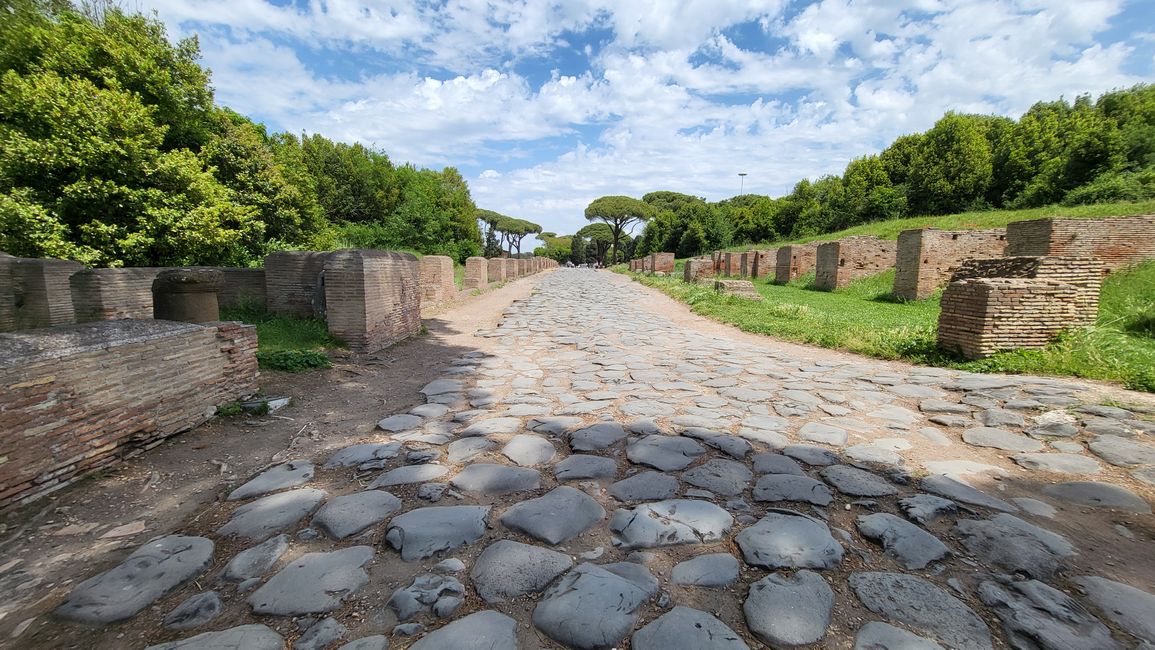
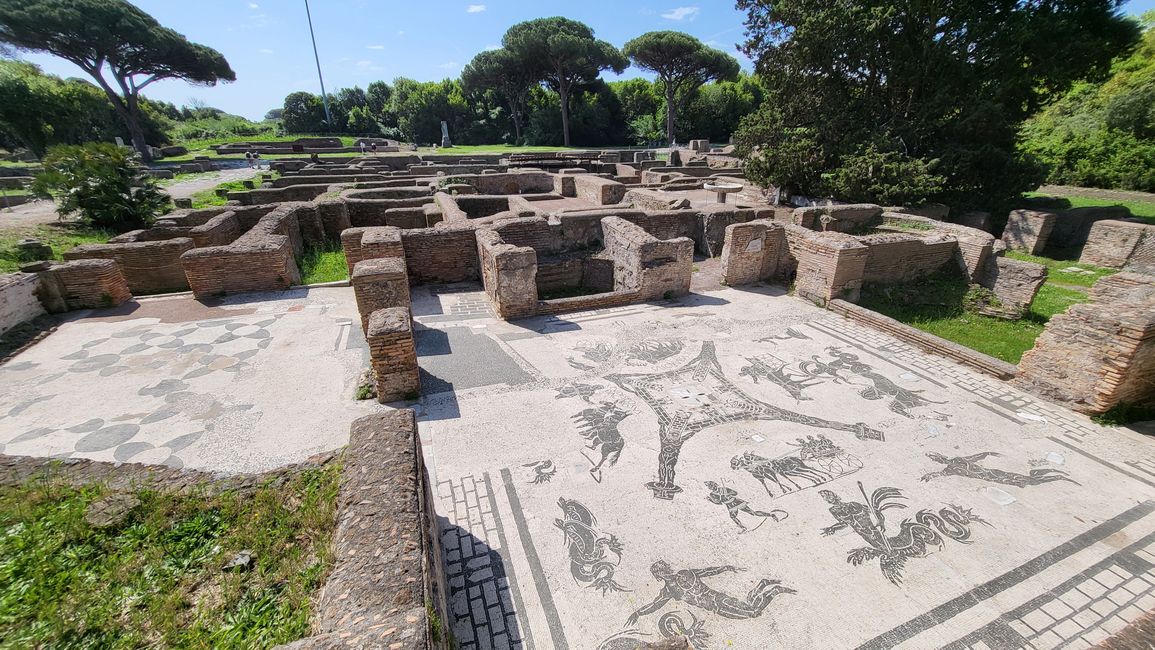
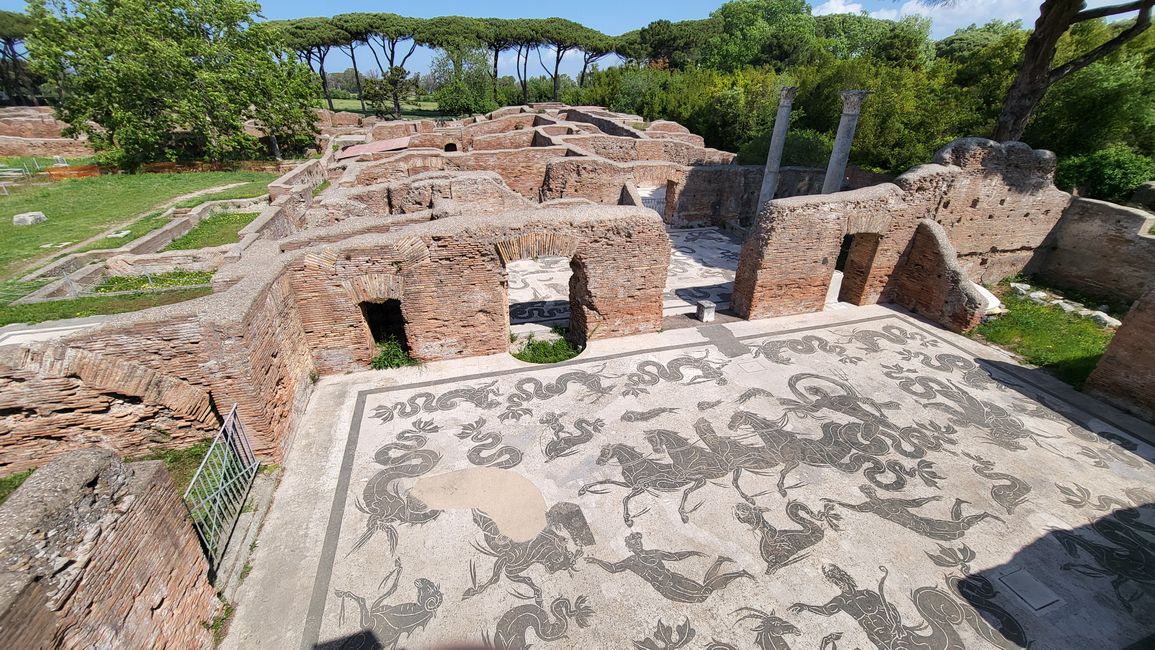
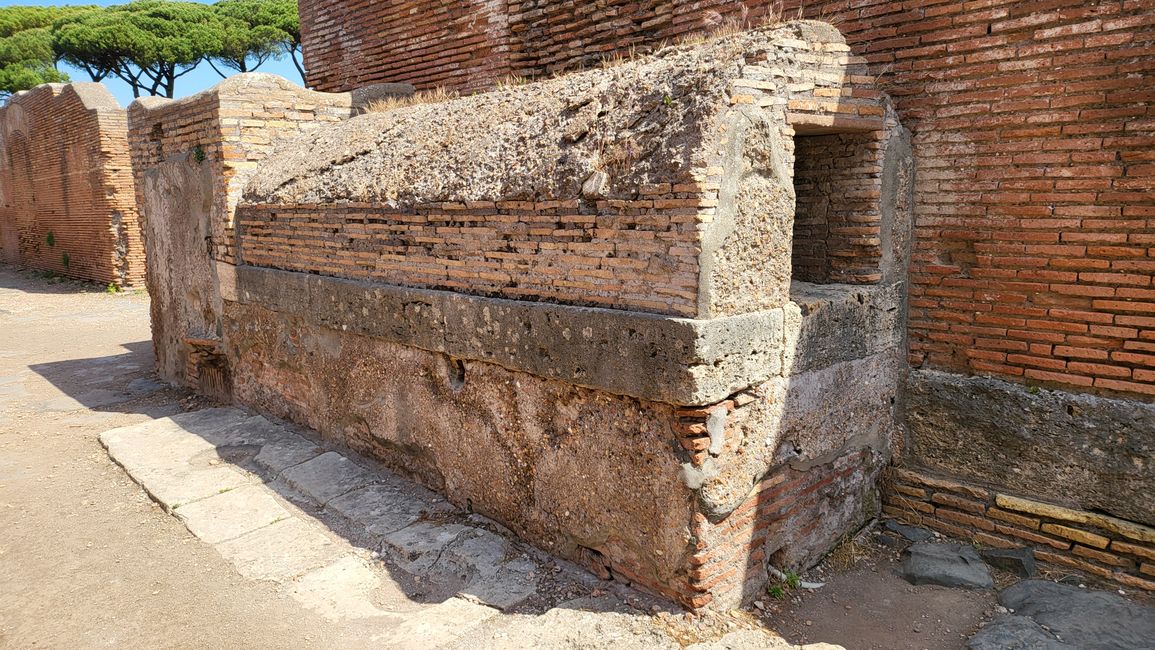
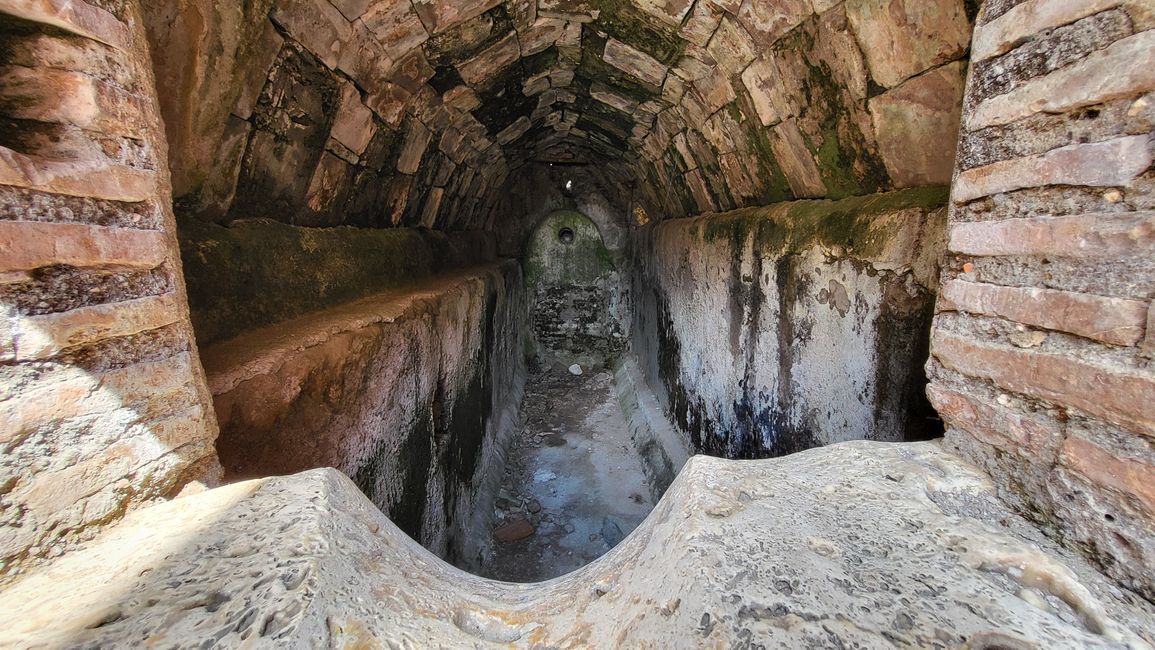
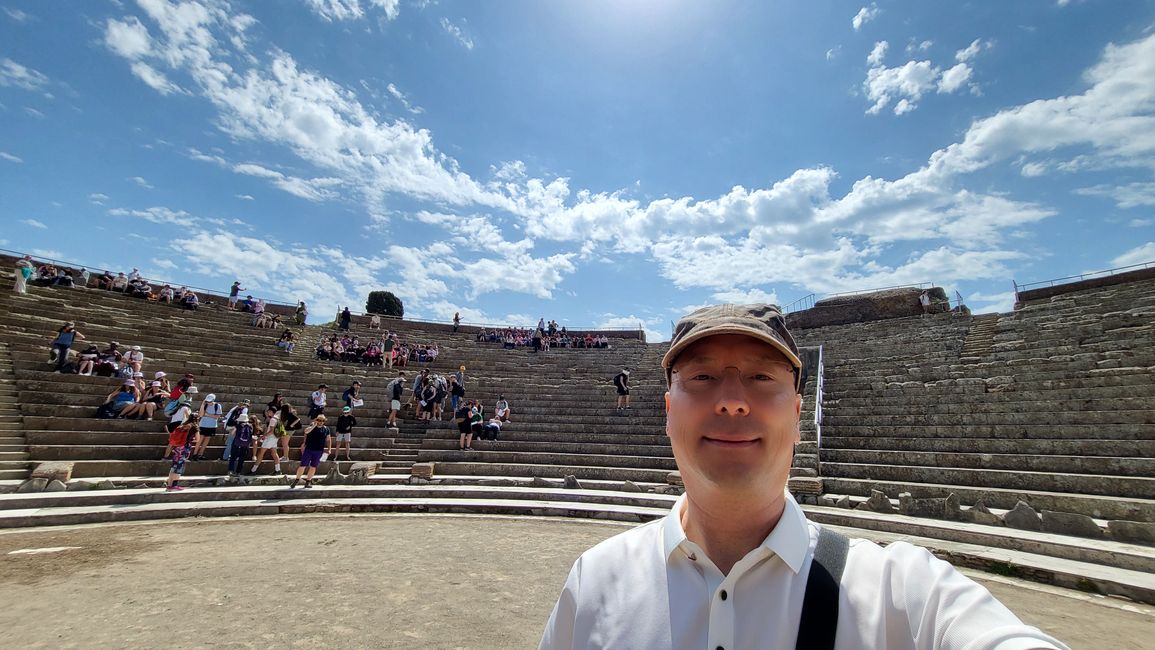
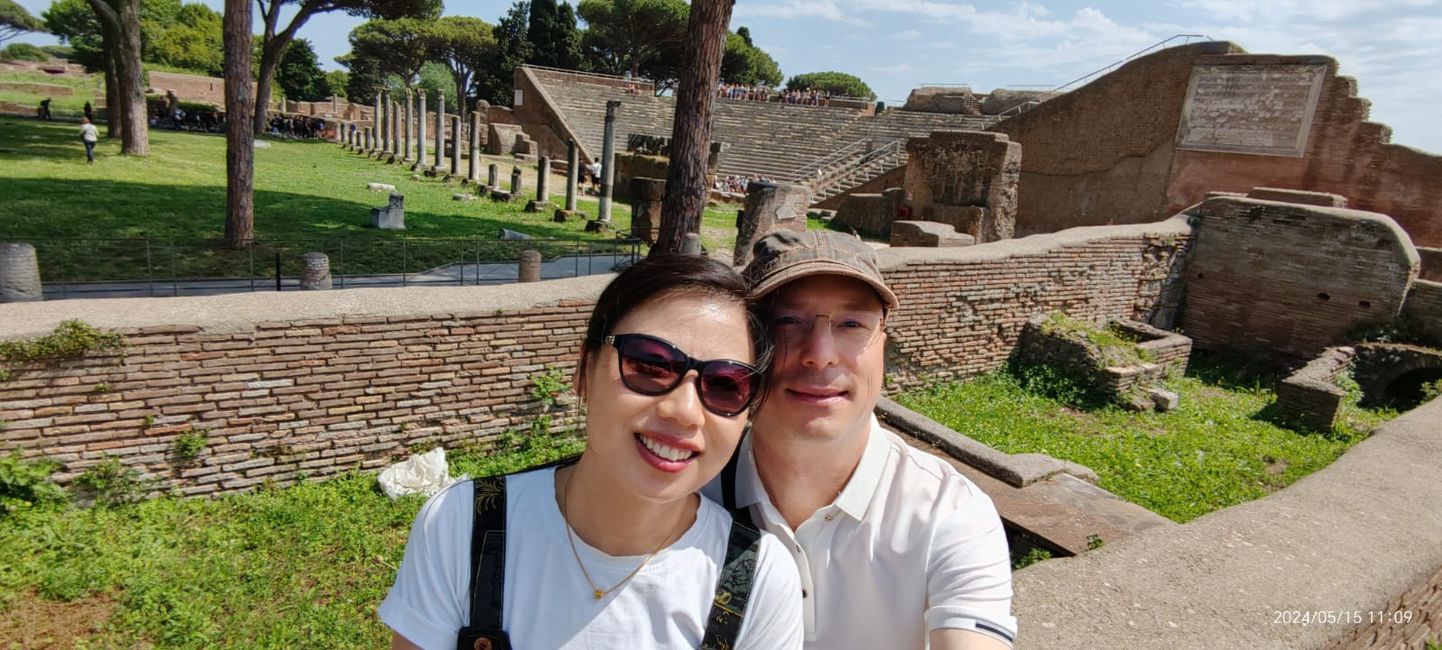


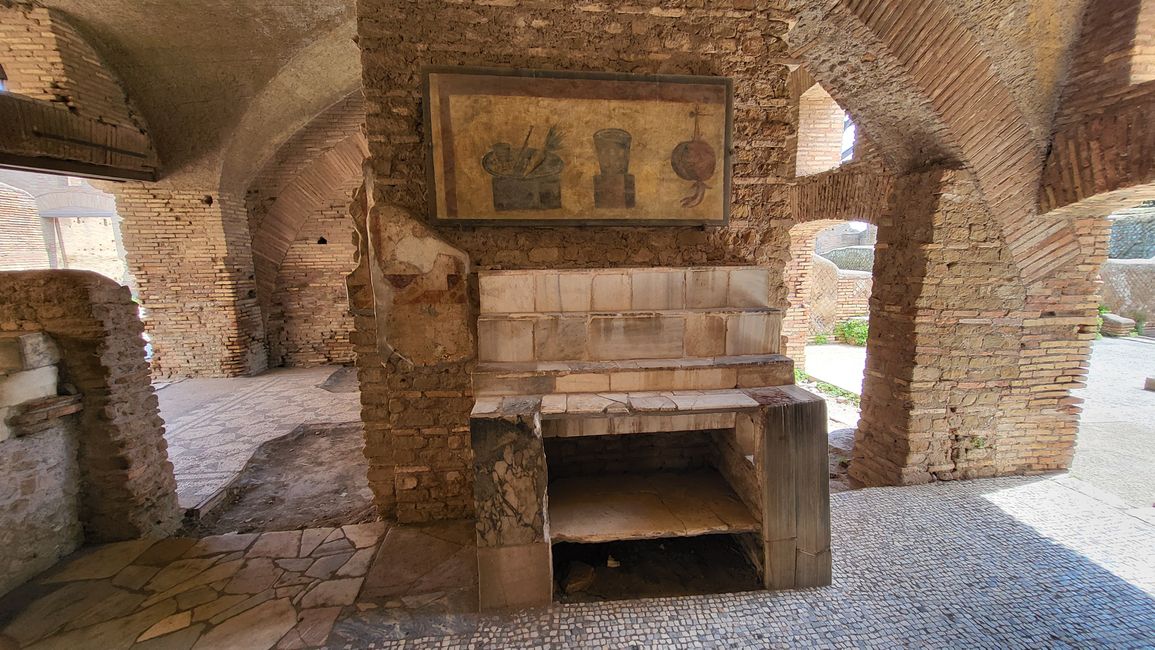
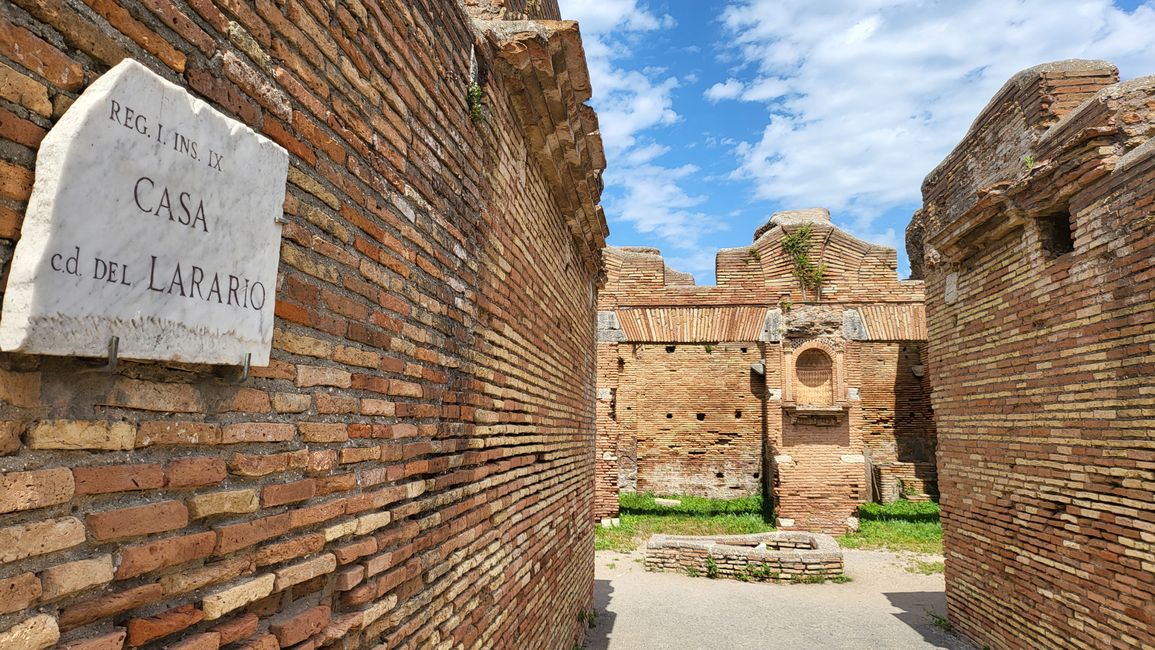
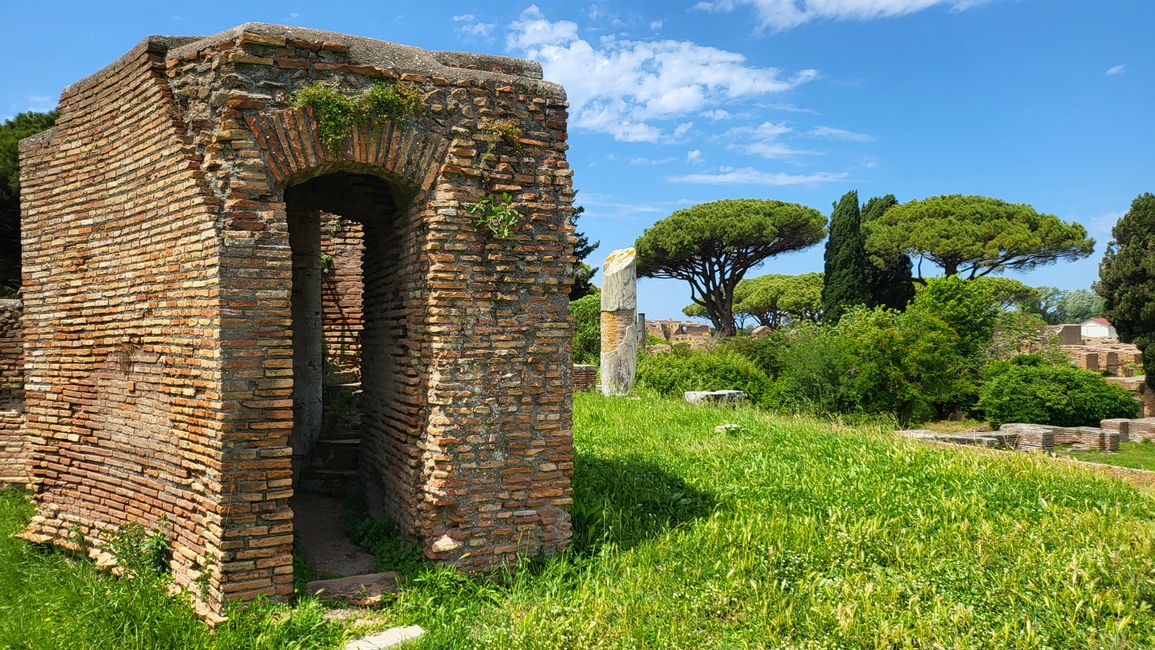
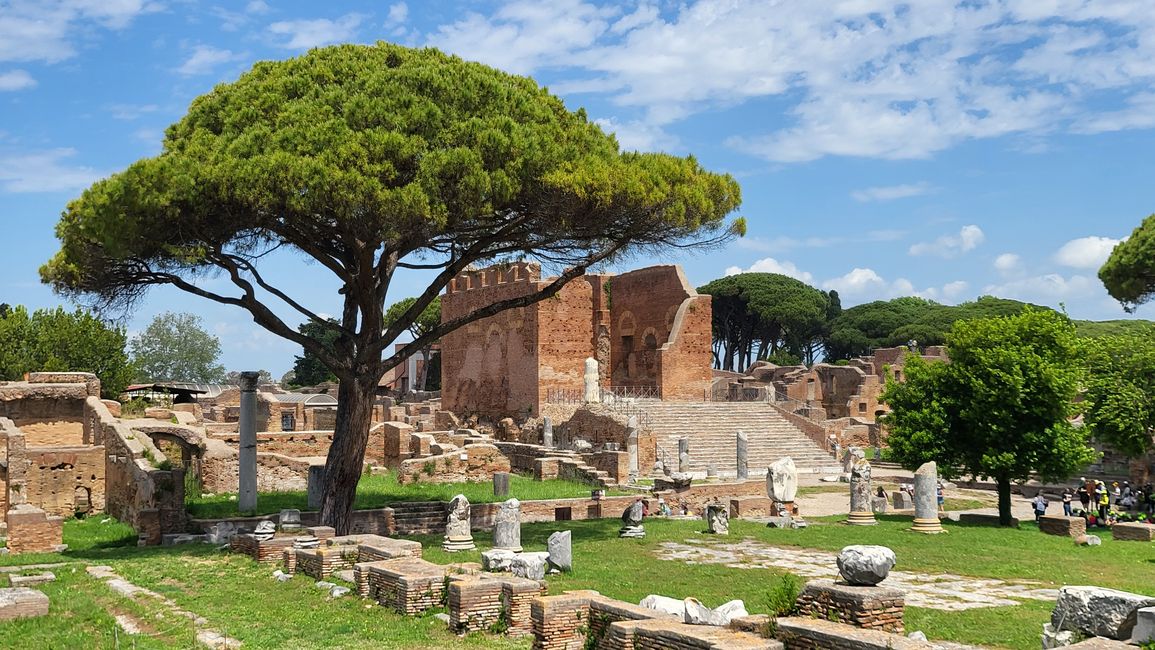
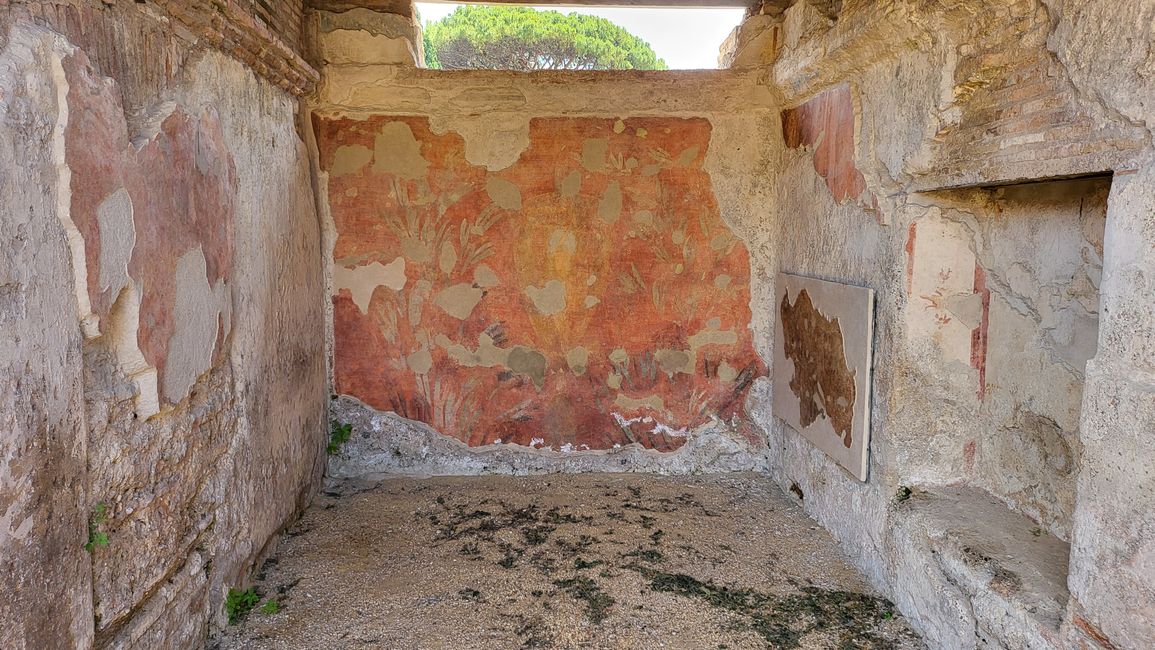

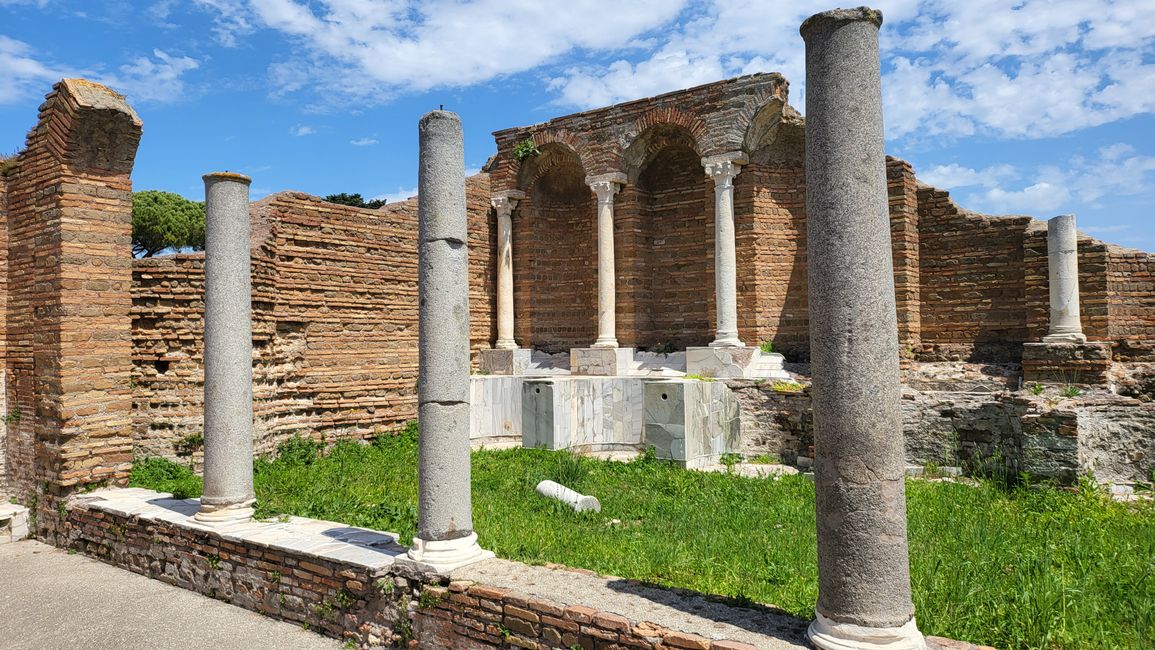
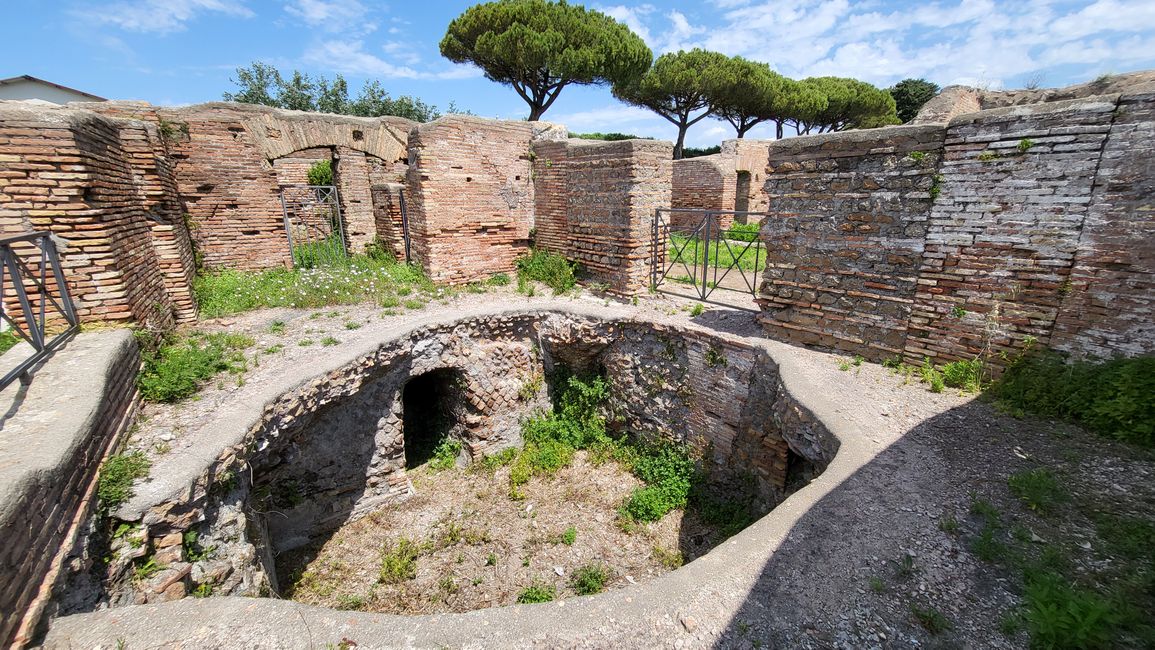
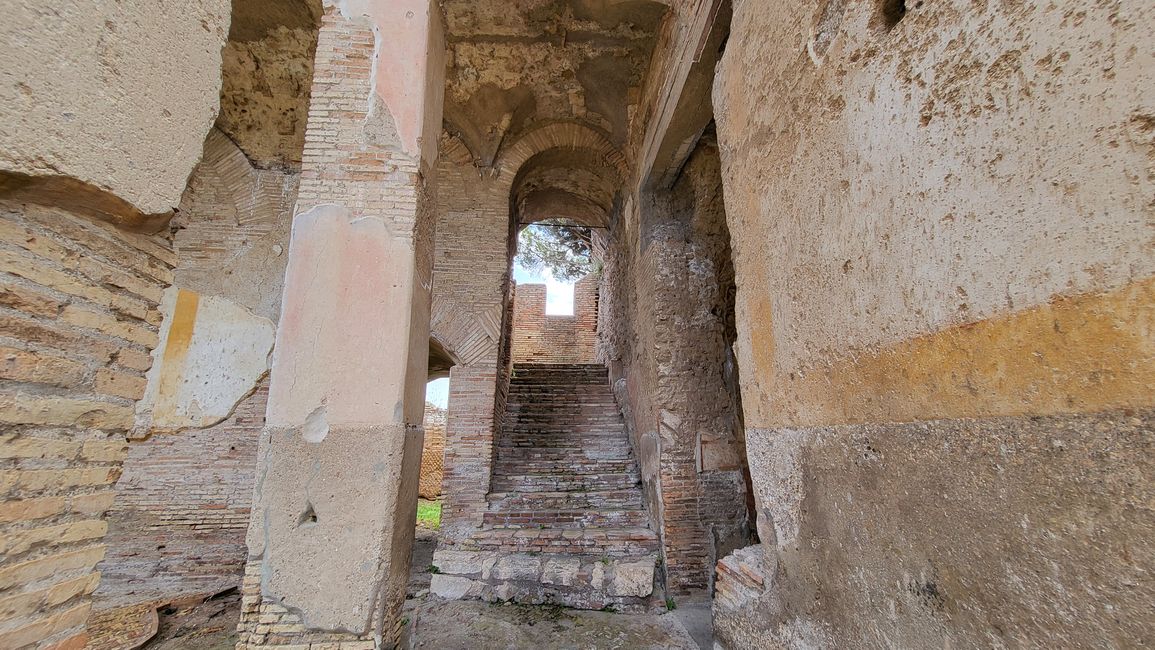
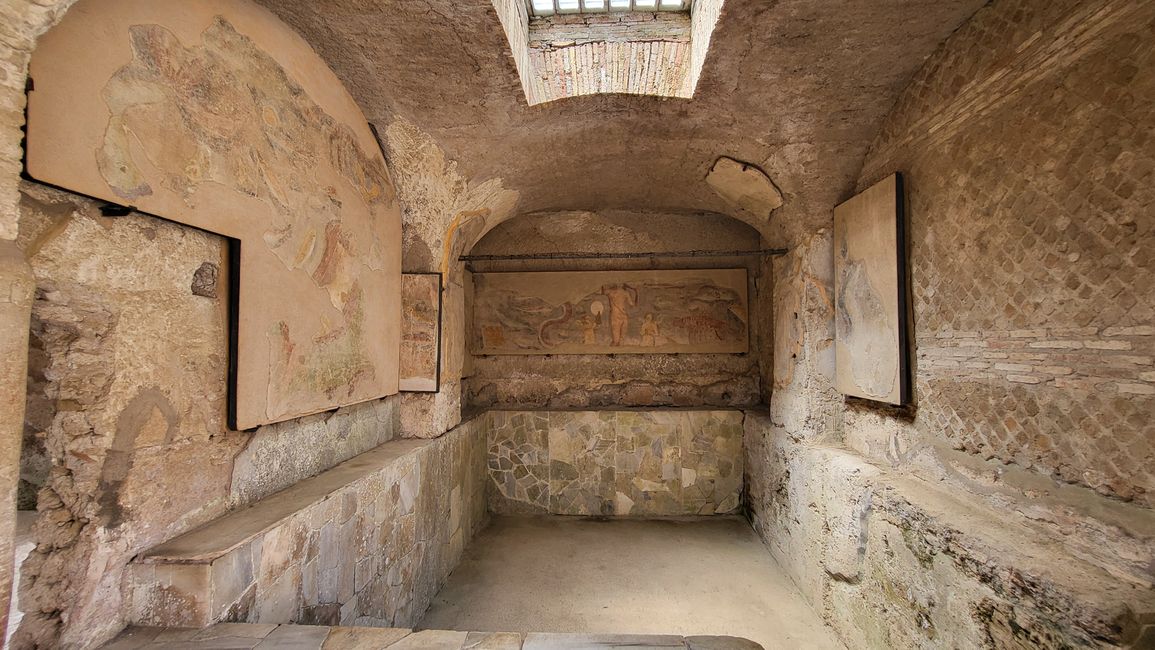
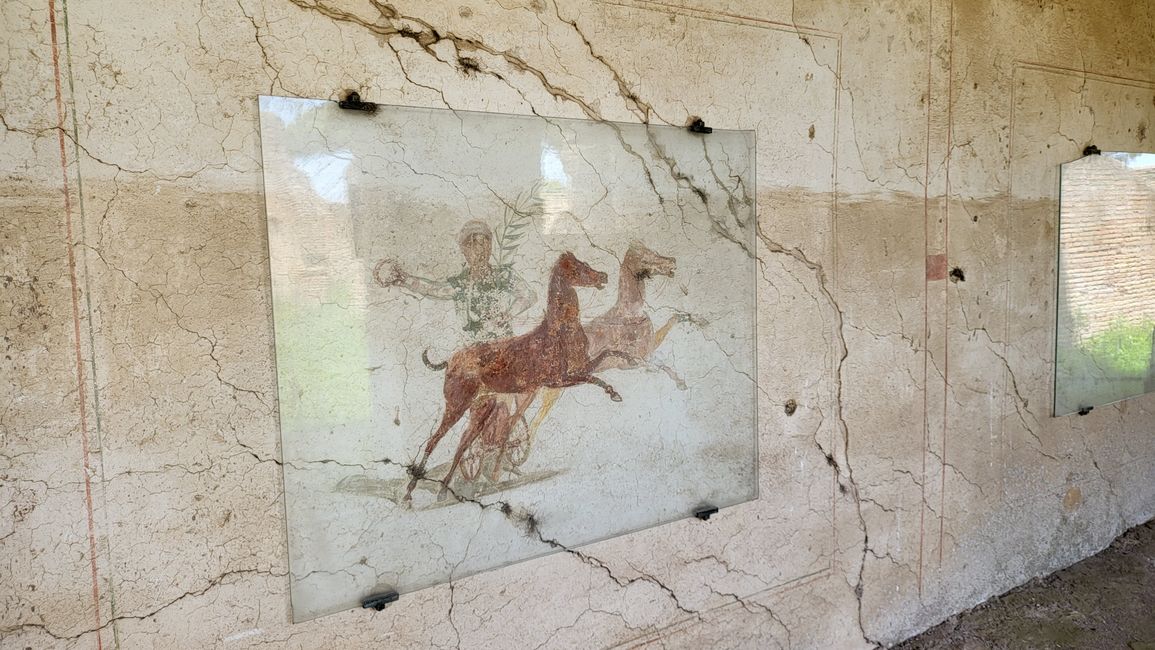
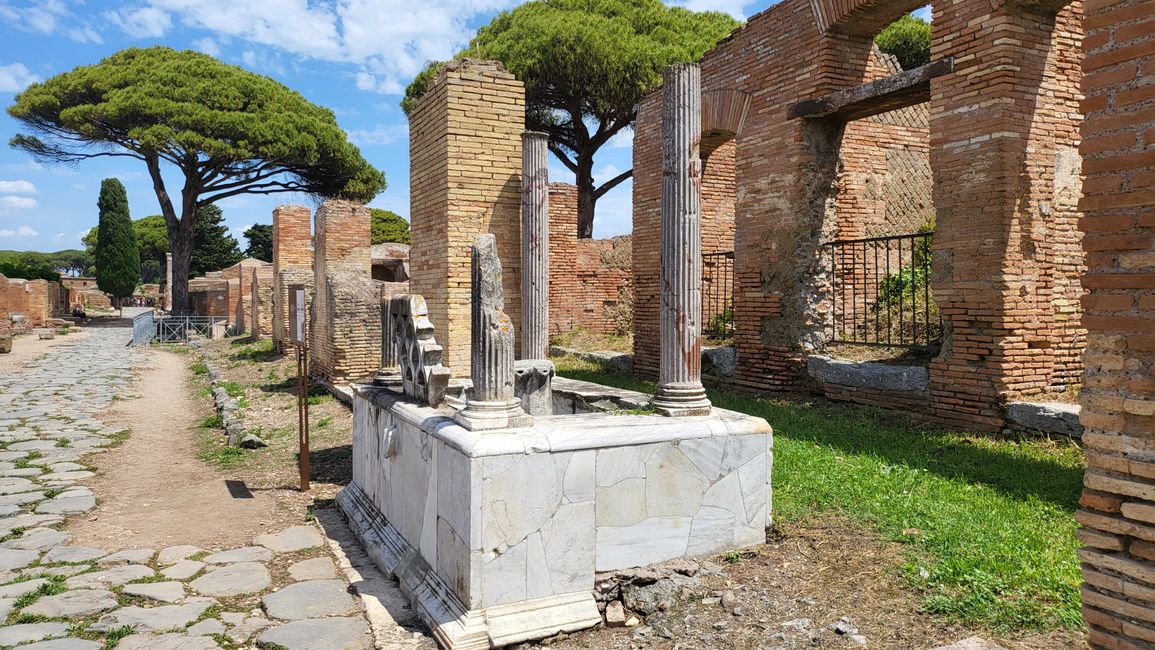
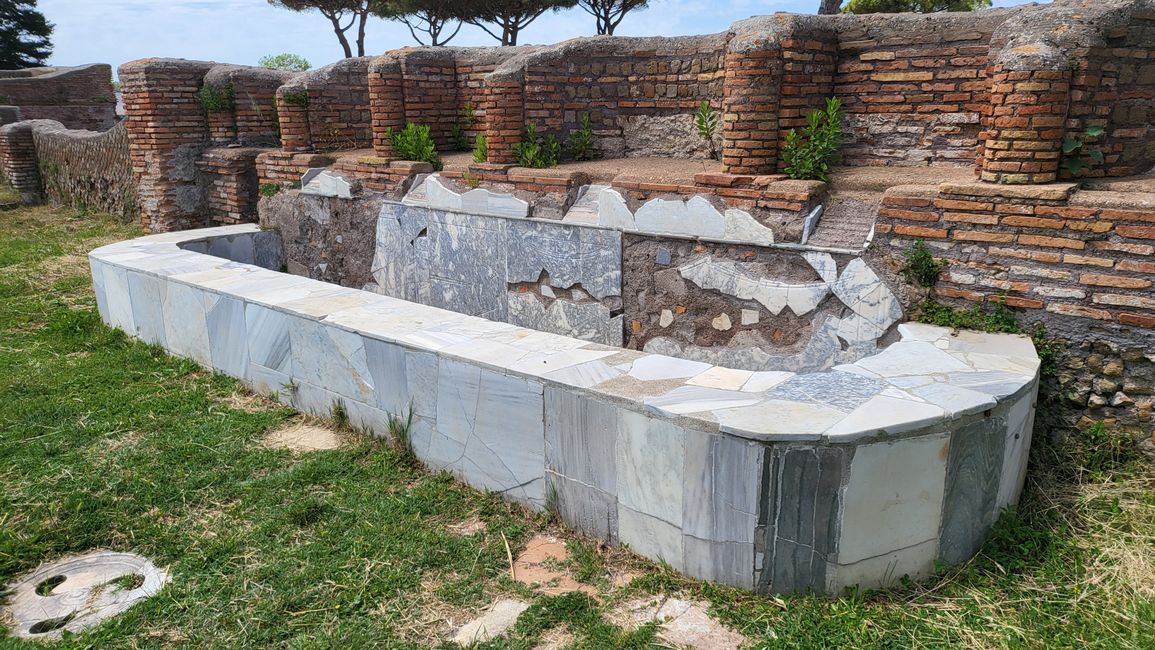
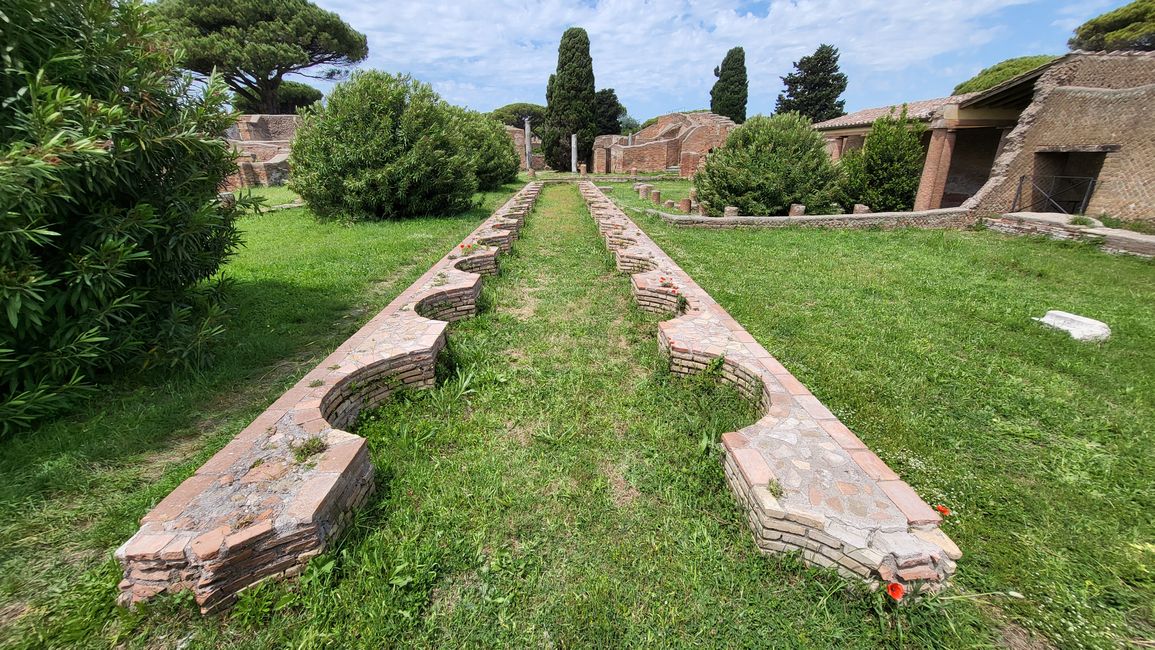
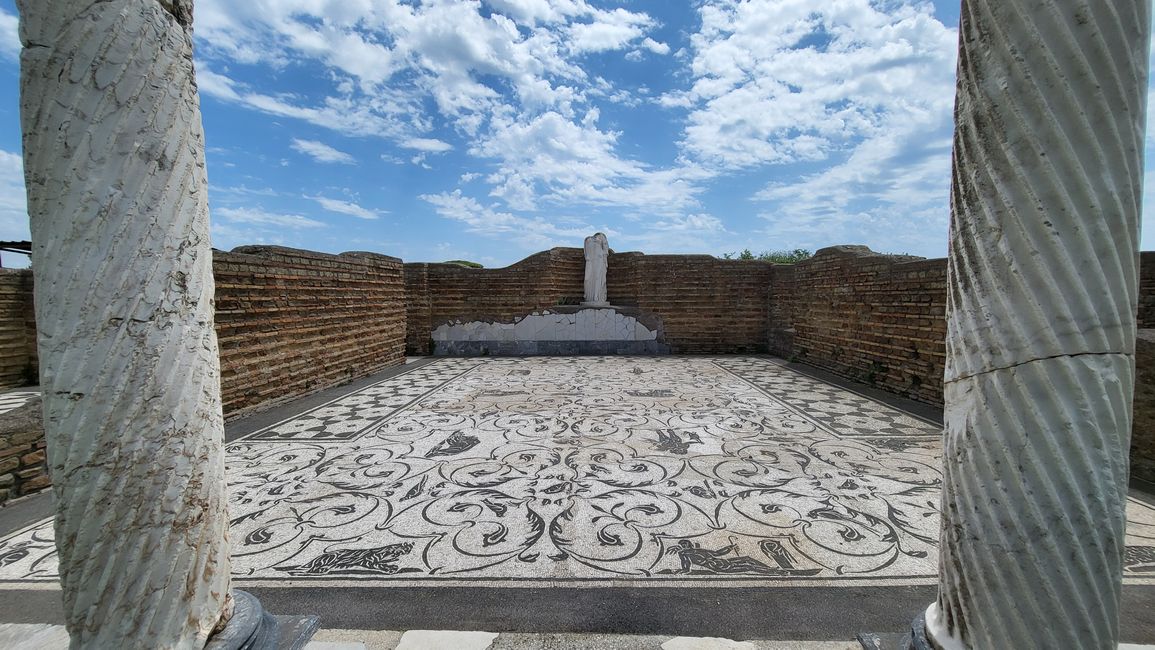
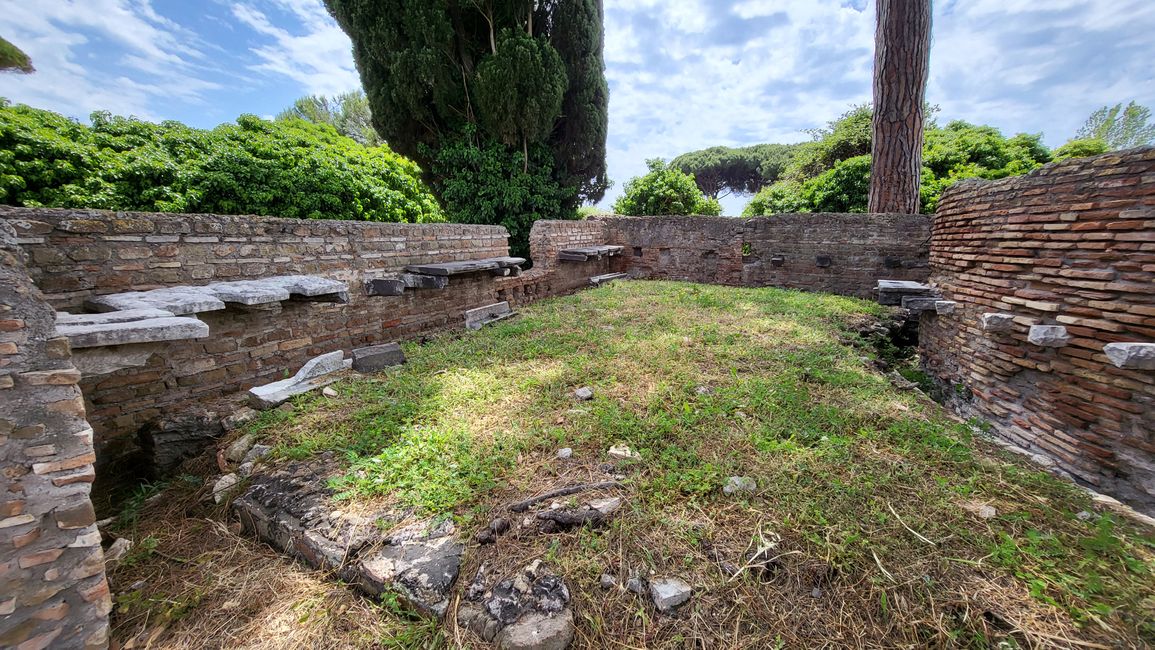
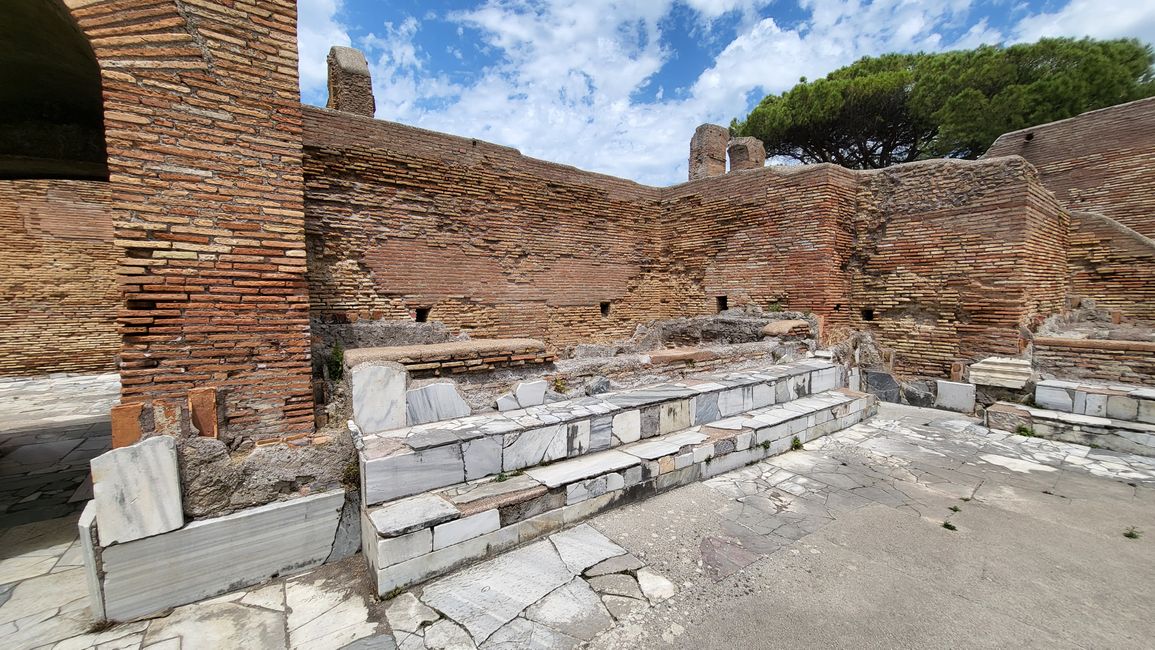
Rome was supplied with food and grain from North Africa, the breadbasket of the Roman Empire, mainly via the port, which was located a few kilometers from Rome. The port city of Ostia was built there, which was at the mouth of the Tiber at the time, but is no longer directly on the sea due to the sediment deposits of the river. But the area has been preserved as a large archaeological site, and in Ostia Antica you can therefore understand the urban and economic culture of ancient Rome very well. Due to the size of the complex, you should also bring some time with you; it is extremely easy to get there by metro, as there is a train station very close by. Due to the remote location, I expected few visitors. A big mistake, because Ostia Antica is on all European school curricula: large groups of Italian, French and German students struggle through the ruins and are naturally bored by the many brick walls. As a student, you have no interest in old stones and broken houses. The still fresh and lively faces at the entrance then become increasingly tired, bored and exhausted in the back part of the town. The complex is so large, however, that you can often avoid the school groups (except at the theater). I do not use an audio guide because I like to go at my own pace, but then the signage is not particularly good and you have to laboriously search for the interesting buildings and mosaics yourself or come across them with luck. However, it is a good idea to use the main avenue rarely and to browse the right-hand field of ruins on the way there and choose the left side on the way back. The main focus should be on the mosaics, as they used to decorate many public and private thermal baths. At one of these thermal baths (Terme di Buticoso) and at a commercial building (Domus di Amore e Psiche) you can see the original marble cladding very clearly. At another thermal bath (Terme del Mitra e mitreo sotterraneo) the underground water infrastructure has been exposed for viewing. You can see the properties of some merchants and large families very well, and some of the preserved wall paintings give an idea of the splendour of the rooms. There was also a time of particular economic boom in Ostia, which led to many people moving in and multi-storey residential buildings (Casa di Diana) were built during this time. There, in the Via di Diana, there were also popular food stalls (Thermopolium), fast food in ancient times, who would have thought it. The theatre, which had a capacity of 4000 spectators, was probably the centre of the restoration work, while the large temple (Capitol) was already badly damaged by stone theft. The communal toilets are amusing, although they had a sophisticated sewage system in terms of hygiene, but social gatherings when relieving oneself are no longer a social convention today. Back then, many business deals were even concluded on such occasions. The installation of clay water pipes in the plaster along the walls can be seen very clearly in the Terme del Foro. The Schola del Traiano with the statue of the emperor has a beautifully designed courtyard, which can still be seen through the existing brick walls. Commercial buildings such as shops and warehouses, boundary stones, public fountains, a textile factory where fabrics were mixed with substances and pressed, a fire station and many temples complement the extensive ruins in Ostia Antica.
उत्तर
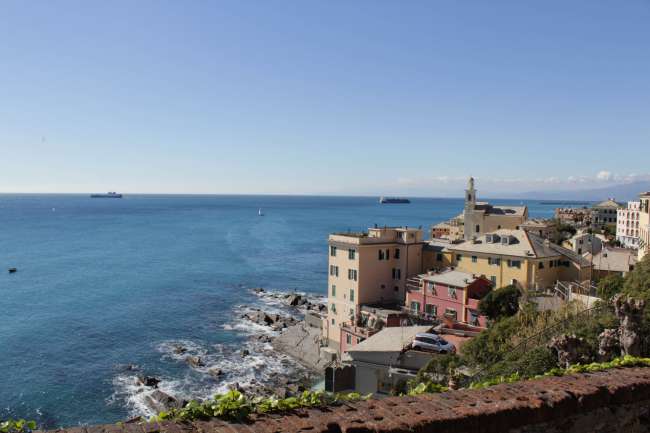
यात्रा रिपोर्ट इटली

